Mini Seriously Streamlines Its Badge for 2018

Mini has revealed an ultra-streamlined logo that will begin appearing on the brand’s cars by March of 2018. Abandoning the three-dimensional model as the automaker’s official mark, the new crest isn’t any more exciting but does looks a bit more contemporary.
The new emblem actually made its debut on the Mini EV Concept in late summer. At the time, it wasn’t clear what the purpose of the new logo was. For all we knew it could have been a way of differentiating electrified models from the company’s main lineup, or simply be a way to further streamline the battery-driven concept. Instead, it’s to be the replacement for the old logo and will crop up in all the automotive locales one would expect: the hood, tailgate, steering wheel, and key fob.
However, straying too far from Mini’s current logo probably wouldn’t have made the marketing department happy. Mini thinks the flat, monochrome design makes key graphic elements easier to identify and brand recognition is an essential part of any automaker’s business.
“The preservation of the fundamental, tradition-steeped motif of a winged wheel with the brand name printed in capital letters at the centre ensures the logo will be instantly recognized,” Mini said in a release. “The deliberate avoidance of shading and grey tones creates a starkly contrasting black-and-white effect that conveys the authenticity and clarity of the new brand identity, its two-dimensional character also allowing universal application.”
The strategy is very similar to what BMW is doing with its own logo on flagship models. Of course, this should come as no surprise — BMW Group has owned Mini since 2000.
[Image: BMW Group]

A staunch consumer advocate tracking industry trends and regulation. Before joining TTAC, Matt spent a decade working for marketing and research firms based in NYC. Clients included several of the world’s largest automakers, global tire brands, and aftermarket part suppliers. Dissatisfied with the corporate world and resentful of having to wear suits everyday, he pivoted to writing about cars. Since then, that man has become an ardent supporter of the right-to-repair movement, been interviewed on the auto industry by national radio broadcasts, driven more rental cars than anyone ever should, participated in amateur rallying events, and received the requisite minimum training as sanctioned by the SCCA. Handy with a wrench, Matt grew up surrounded by Detroit auto workers and managed to get a pizza delivery job before he was legally eligible. He later found himself driving box trucks through Manhattan, guaranteeing future sympathy for actual truckers. He continues to conduct research pertaining to the automotive sector as an independent contractor and has since moved back to his native Michigan, closer to where the cars are born. A contrarian, Matt claims to prefer understeer — stating that front and all-wheel drive vehicles cater best to his driving style.
More by Matt Posky
Latest Car Reviews
Read moreLatest Product Reviews
Read moreRecent Comments
- MaintenanceCosts Whenever the topic of the xB comes up…Me: "The style is fun. The combination of the box shape and the aggressive detailing is very JDM."Wife: "Those are ghetto."Me: "They're smaller than a Corolla outside and have the space of a RAV4 inside."Wife: "Those are ghetto."Me: "They're kind of fun to drive with a stick."Wife: "Those are ghetto."It's one of a few cars (including its fellow box, the Ford Flex) on which we will just never see eye to eye.
- Oberkanone The alternative is a more expensive SUV. Yes, it will be missed.
- Ajla I did like this one.
- Zerofoo No, I won't miss this Chevrolet Malibu. It's a completely forgettable car. Who in their right mind would choose this over a V8 powered charger at the rental counter? Even the V6 charger is a far better drive.
- Offbeat Oddity Nope, I won't miss it. I loved the 2008-2012 Malibu, but the subsequent generations couldn't hold a candle to it. I think the Impala was much more compelling at the end.


















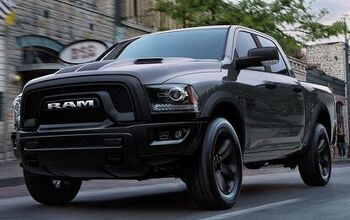
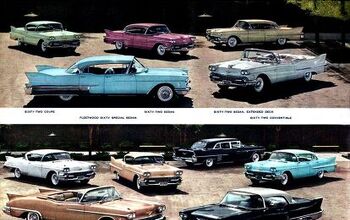
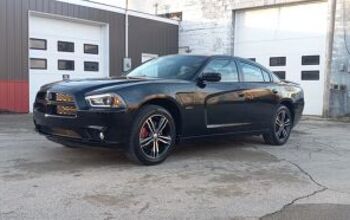
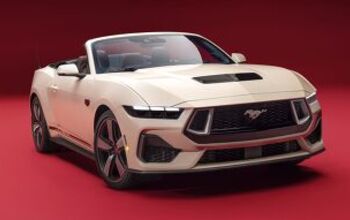
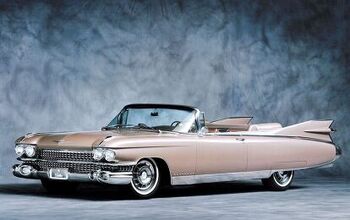
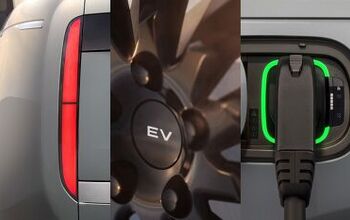
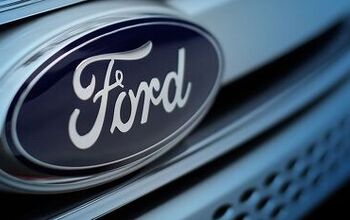
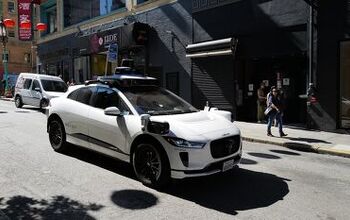
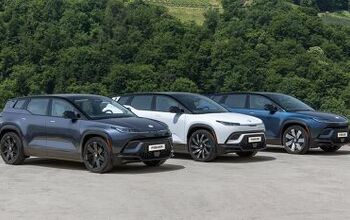
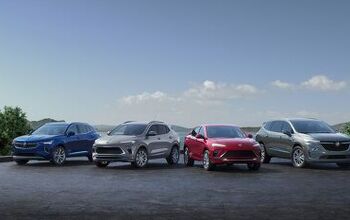
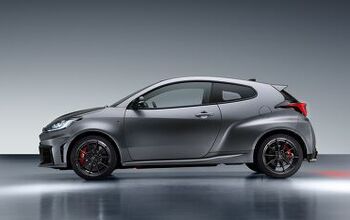
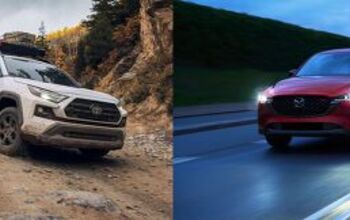
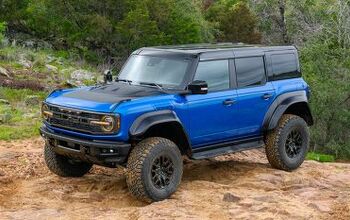
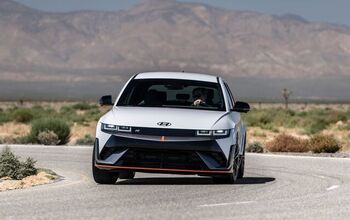
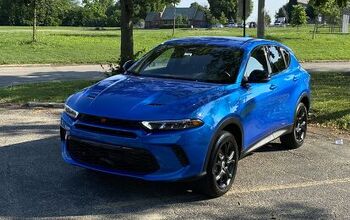

Comments
Join the conversation
I like it! The badge not the car. Ironically it reminds me of the USAF insignia not the British.
Any time you see a company "flatten" or otherwise simplify their logo, the intent is to increase legibility on a smartphone. It's funny, long ago company logos were largely constrained by print-related factors -- cost of using multiple colors or amount of embellishment based on the dpi available at the printer. All that went away in the 2000s and we had an explosion of color gradients and 3D shading as color printing became cheap and video resolution (and screen size) increased. Now the measure is how clean does it render when it's 1cm x 1cm on a 4" wide screen you glance at during red lights. I understand the intent, but from a lot of logos you'd think it was the 1920s again. Which is why I was actually surprised that Buick elected to reintroduce color to the tri-shield.